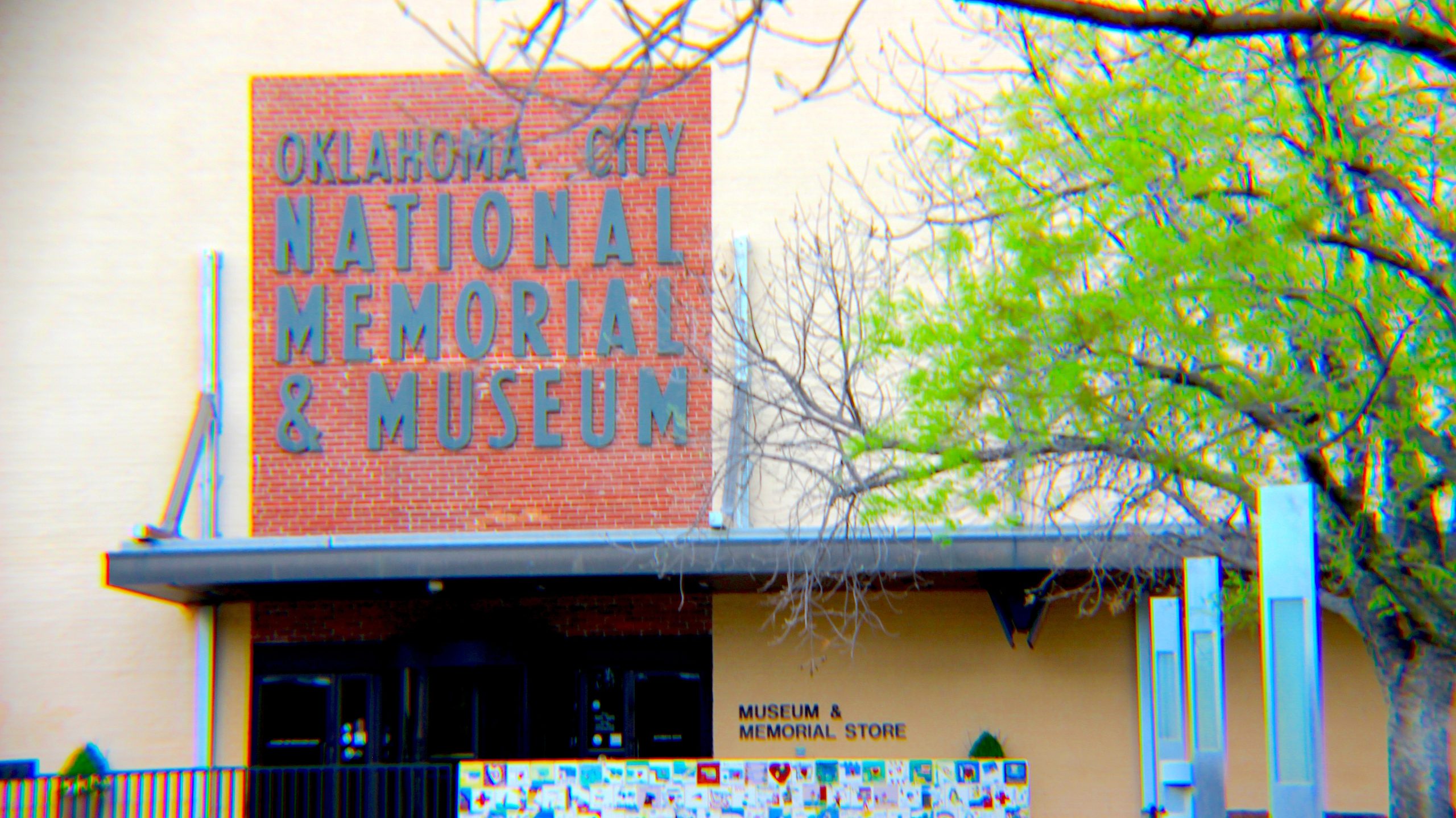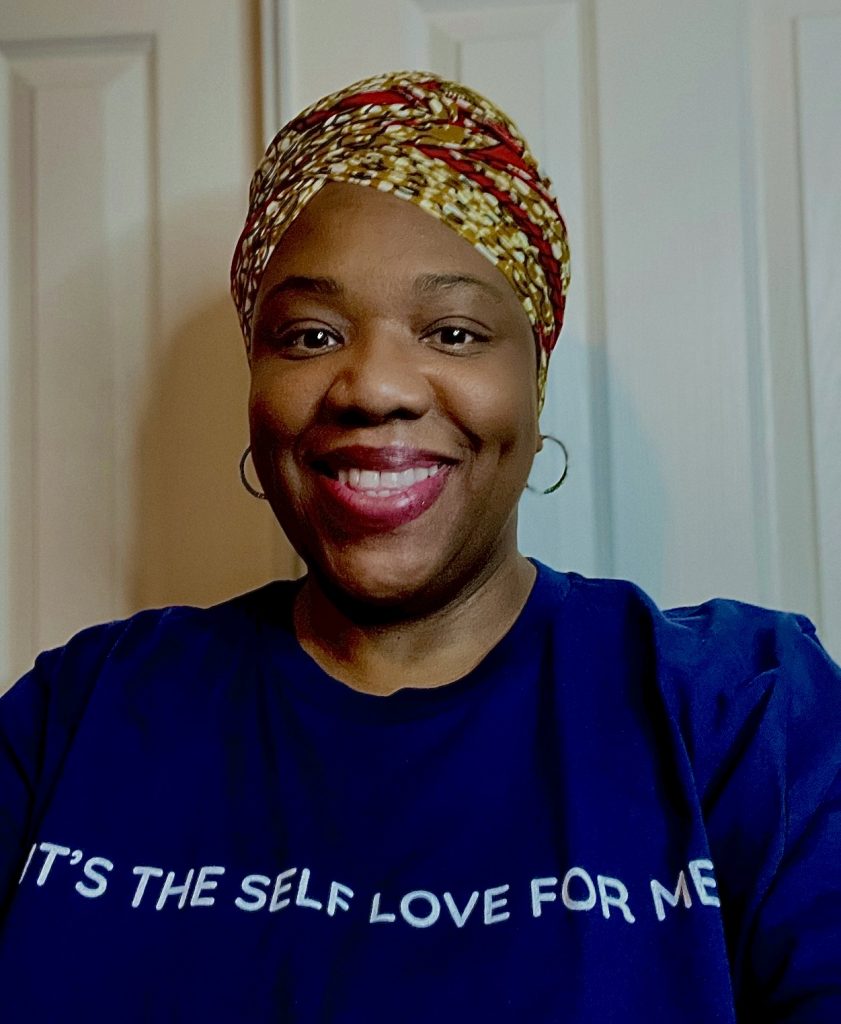30 years ago, on April 19, 1995, at 9:02 a.m., Timothy McVeigh killed 168 people, including 19 children, when he blew up the Alfred P. Murrah building. A memorial to the victims now occupies the bombing site. The land also holds a museum, a reflection pool, and the living garden speaks to the heart, healing, and resilience of the survivors and first responders.
One of the memorial’s most sobering aspects is the field chairs. The memorial’s 168 empty chairs, symbolizing the lives lost during this heinous act. The placement of each chair meticulously represents, the individual victims; smaller chairs represent, the 19 children killed. The five chairs slightly apart from the others represent the five people who died outside the building. This arrangement not only serves as a tribute but also invites visitors to reflect on their stories and the impact of the bombing on the community. Each representing a life claimed the by the horrific terrorist attack. Visitors walking through the memorial can also see the impressive bronze archways, which bear the timestamps of 9:01 and 9:03, marking the moments before and after the attack. The field of chairs and reflection pool sit between the archways. These timestamps precisely pinpoint the moment lives changed forever. The archways lead visitors to contemplate the gravity of loss and the importance of remembering the past.
Joyce Thomas, and her family were visiting the memorial early on Palm Sunday shared her mixture of emotions. “Most memorials honor people we’ve lost. All of the living elements, the flowers the trees, even the way the water in the reflection pool flows to the arch that designate healing. It’s very moving to me. Having the rescuers, survivors and victims in one place. It does feel hopeful, especially when you see the handprints of the children.”
The shallow and serene reflection pool is a site for contemplation, offering a space for visitors to process their emotions and reflect on the impact of the tragedy. Handprints from children engraved on the granite provide a visual connection to innocence and hope. The Oklahoma City National Memorial honors those who lost their lives, acknowledges over 600 injured individuals, and recognizes the many survivors still bearing emotional scars from that day. The design of the memorial fosters a sense of community and resilience, inviting people to gather and share their stories. By understanding the memorial’s significance, visitors can appreciate the profound legacy left behind, which aims to foster healing and prevent future tragedies. The Oklahoma City National Memorial is not just a tribute to those who suffered; it is an enduring symbol of unity and recovery, encouraging future generations to remember the importance of empathy and community resilience.



